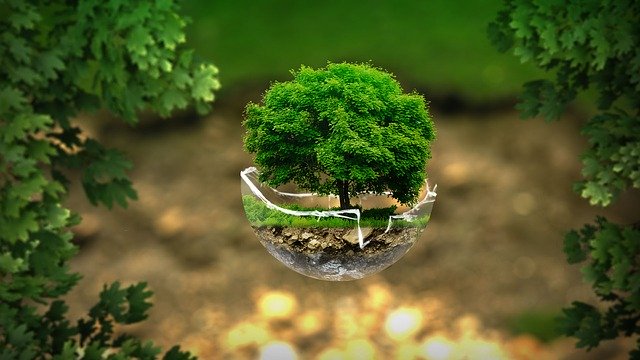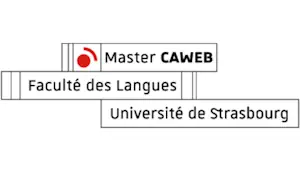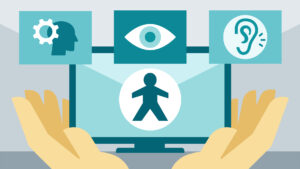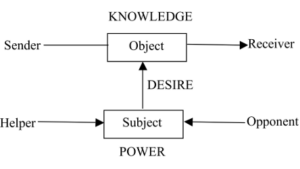Web and Ecology
When we hear the words “environmental pollution’’, what pops into our heads? Factories emitting polluting fumes? Traffic jams negatively impacting the environment? Dozens of images related to environmental problems appear, but one particular representation remains unintuitive, although the general public needs to be aware of it: digital pollution.

What is Digital Pollution?
To fully understand what digital pollution means, here’s the explanation given by Cleanfox:
“Digital pollution is the pollution linked to the digital impact as a whole. From the manufacturing of machines, such as computers or smartphones, to the end of their life span by the way of the various usages by their users. Therefore, it entails a physical and virtual dimension.’’
More precisely, this pollution is linked to Internet usage but also to the manufacturing of equipment, servers, networks or data storage.
The Three Big Sources of Pollution in the Digital Cycle
Thus, the cycle of digital pollution is divided into three steps:
- The manufacturing of digital equipment
- The end of life of digital devices and equipment
- The user’s digital practice
This last step, considered as virtual, is often seen as the least harmful. Indeed, thanks to its invisibility, the users are not aware of their impact on the environment. However, streaming platforms, sending and storing e-mails, as well as data storage generate high energy consumption. In fact, the carbon footprint caused by our daily activities is very important and is unfortunately underestimated by every Internet user. As the Observatoire du Numérique reminds us, “Only 27% of French people think they are well informed about the impact of digital technology on the environment. Work to raise awareness is therefore needed.’’
Why Should the Environmental Impact of Digital Technologies be Taken Seriously?
-
Internet: The 3rd Biggest Electricity Consumer
According to IPCC data, global heat and power production accounts for a quarter of CO2 emissions, a larger share than the industrial sector’s 21%. However, digital usage represents an ever-increasing portion of this consumed electricity.
“If the Internet was a country, it would be the third biggest electricity consumer in the world […] behind China and the United States.’’
The web’s electricity consumption is akin to 100 nuclear reactors, and this consumption doubles every 4 years. Researcher Gerhard Fettweis warns that by 2030, this digital consumption will reach 2008’s combined world consumption of all sectors. Therefore, the Internet will become the leading source of pollution globally.
-
More Polluting than Air Transport
What’s even more incredible is that according to a study on the environmental impact of digital technology published by The Shift Project, the Internet is much more polluting than air transport.
For example, according to the American Council for Energy Efficiency, watching a 3 GB video requires as much energy as 1,000 low-energy light bulbs on for an hour. According to Maxime Efoui-Hess, engineer and author of the report: “When we click on Netflix, we don’t think that a data center is called up with a network infrastructure running to bring us the data. We don’t realize the amount of energy and electricity it requires.”
-
Web Giants’ Interest in Renewable Energies.
Faced with this reality, the use of renewable energies such as solar, wind, and hydraulic energy has almost become a necessity. The good news is that when put under scrutiny by a public opinion that is more and more environmentally conscious, many web giants want to redeem their image.
Google is investing massively in wind power.
Apple, from 2012, shows its willingness to run with 100% renewable energy consumption, including inside its shops.
Facebook decided, in 2011, to open its first European data center powered by hydroelectricity in Sweden.
Amazon announced, in 2016, the establishment of a wind farm in Texas.
Microsoft is betting on solar energy.
Thus, they are taking actions to control their carbon footprint. But what about the users? Here are some tips that can help you in your energy transition.
How Can this Energy Consumption be Reduced?
To diminish your digital energy consumption, you must first be aware of your habits and practices.
For example, if you’re a fan of streaming, you should prefer downloading instead. Watching videos is what consumes the most on the web.
Efforts can also be made in regard to the use of the Cloud. More specifically, it is preferable to avoid using it too much by sorting and deleting certain stored files.
The same applies to your e-mails. We encourage you to delete unnecessary e-mails and to unsubscribe from newsletters that you never open. Don’t forget to empty your trash afterwards because everything is stored on the servers, which produce energy.
These are all small gestures that are insignificant at first glance, much like a drop of water, but which can come together to form a beautiful river. Digital pollution may be virtual, but it is certainly real. By informing users and making them aware of this impact, you will help to preserve our planet.
Written by Shu-Min Huang





